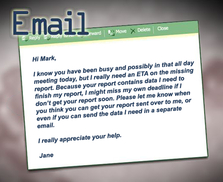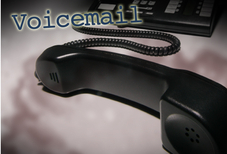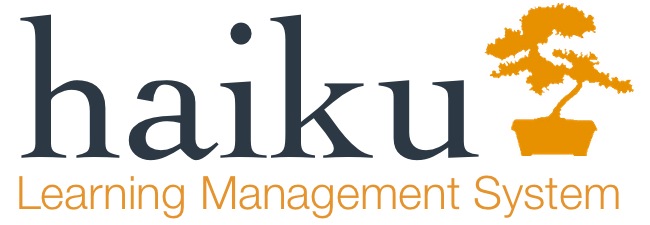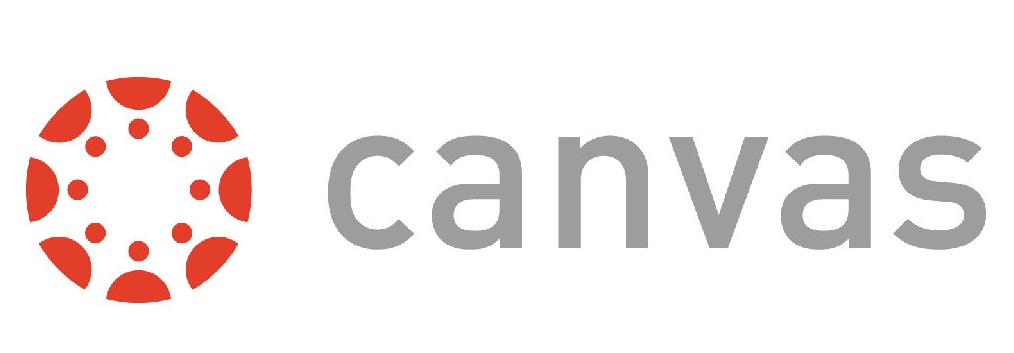The multimedia program, titled "The Art of Effective Communication," presented a piece of communication in three different formats: email, voicemail, and face-to-face. Although my interpretation of the message did not change too much based on the method of delivery, the way I received it definitely did.

For example, I did not feel a sense of urgency when I read the email piece. A time frame of “soon” is ambiguous. Jane should have provided Mark with a deadline (specific date and time she needs the report by). Since the message is not flagged with “high importance,” is Mark to assume that “soon” could mean any time in the next few days – or longer? In addition, I would imagine Mark could be left wondering what specific data Jane needs (she doesn’t clarify this in her email) to complete her report if he cannot supply her with his complete report.

I found the face-to-face scenario to be extremely annoying. In this scenario, Jane comes across as less than confidant (I noted several “ums” and hesitation in her speech) and, at times, she is downright condescending in her tone/body language (rests/crosses her arms on Mark’s workspace and literally points her finger at him when she says “your report”). In this example, Jane demonstrates unprofessional behavior that is distracting from the message she is attempting to convey.

The voicemail best conveyed the true meaning of the message.
The content was the same (lacked certain details that would have been helpful), but the tone and inflection Jane used in her message clearly and effectively emphasized key words that conveyed a sense of urgency without being demanding or condescending. If I were Mark, I would contact Jane by phone or email upon listening to the voicemail so I could fill in the gaps regarding her deadline and/or provide her with the specific data she needs to complete her project.
The content was the same (lacked certain details that would have been helpful), but the tone and inflection Jane used in her message clearly and effectively emphasized key words that conveyed a sense of urgency without being demanding or condescending. If I were Mark, I would contact Jane by phone or email upon listening to the voicemail so I could fill in the gaps regarding her deadline and/or provide her with the specific data she needs to complete her project.
Email is a convenient form of communication in the workplace. It’s easy to send an email to a coworker without much interruption in one’s current task(s) and this format allows the recipient to reply when it is most convenient. It also provides documentation of the conversation (Laureate Education, Inc., n.d). The main drawback to this form of communication is that the recipient may not fully understand the true meaning of the message because written text does not provide any verbal or face-to-face component. One way to combat these limitations is to format emails with short sentences and insert line breaks between points/topics rather than present the content in extended paragraph form.
Where I work, we generally do not approach another person’s workspace without sending an initial email to verify his or her availability. If we do approach someone directly, it is standard protocol to ask – before anything else – “Is this a good time?” or “Do you have a few minutes?”
Although spoken conversation is generally more casual than written communication, it is important to keep the tone of all communications business friendly and respectful. Being clear, concise, and focused helps keep people on track. Also, paying attention to non-verbal communication cues (spirit and attitude, body language, timing of something, and the personality of the recipient) helps to ensure effective communication among team members (Laureate Education, Inc., n.d).
Where I work, we generally do not approach another person’s workspace without sending an initial email to verify his or her availability. If we do approach someone directly, it is standard protocol to ask – before anything else – “Is this a good time?” or “Do you have a few minutes?”
Although spoken conversation is generally more casual than written communication, it is important to keep the tone of all communications business friendly and respectful. Being clear, concise, and focused helps keep people on track. Also, paying attention to non-verbal communication cues (spirit and attitude, body language, timing of something, and the personality of the recipient) helps to ensure effective communication among team members (Laureate Education, Inc., n.d).
Reference
Laureate Education, Inc. (n.d.). Communicating with stakeholders [Video file]. Retrieved from https://class.waldenu.edu/webapps/portal/frameset.jsp?tab_tab_group_id=_2_1&url=%2Fwebapps%2Fblackboard%2Fexecute%2Flauncher%3Ftype%3DCourse%26id%3D_3398237_1%26url%3D
Laureate Education, Inc. (n.d.). Communicating with stakeholders [Video file]. Retrieved from https://class.waldenu.edu/webapps/portal/frameset.jsp?tab_tab_group_id=_2_1&url=%2Fwebapps%2Fblackboard%2Fexecute%2Flauncher%3Ftype%3DCourse%26id%3D_3398237_1%26url%3D




 RSS Feed
RSS Feed